Experience
This program allows visitors the opportunity to visit a swordsmith in Osafune Town (Setouchi City, Okayama Prefecture), an important and historically valuable Japanese sword production site, and forge a letter opener under the tutelage of a skillful swordsmith. Visitors experience the entire process of forging, from stoking the fire with a bellows, hammering, sharpening, and grinding, to inscribing their name, and bring the finished letter opener home as a practical souvenir.
Visitors see a wide variety of Japanese swords at the Bizen Osafune Sword Museum, the only Japanese sword museum in Japan. At Bizen Osafune Sword Village, visitors see the eight essential steps in the Japanese sword making process. They also visit the Saihoji Jigenin Temple, which is deeply associated with sword making. It’s a one-day program filled with experience relating to Japanese swords.
Enjoy food
The program includes a delicious lunch made with local ingredients at the studio. Visitors enjoy the friendly atmosphere with the swordsmith.
About swords made in Osafune
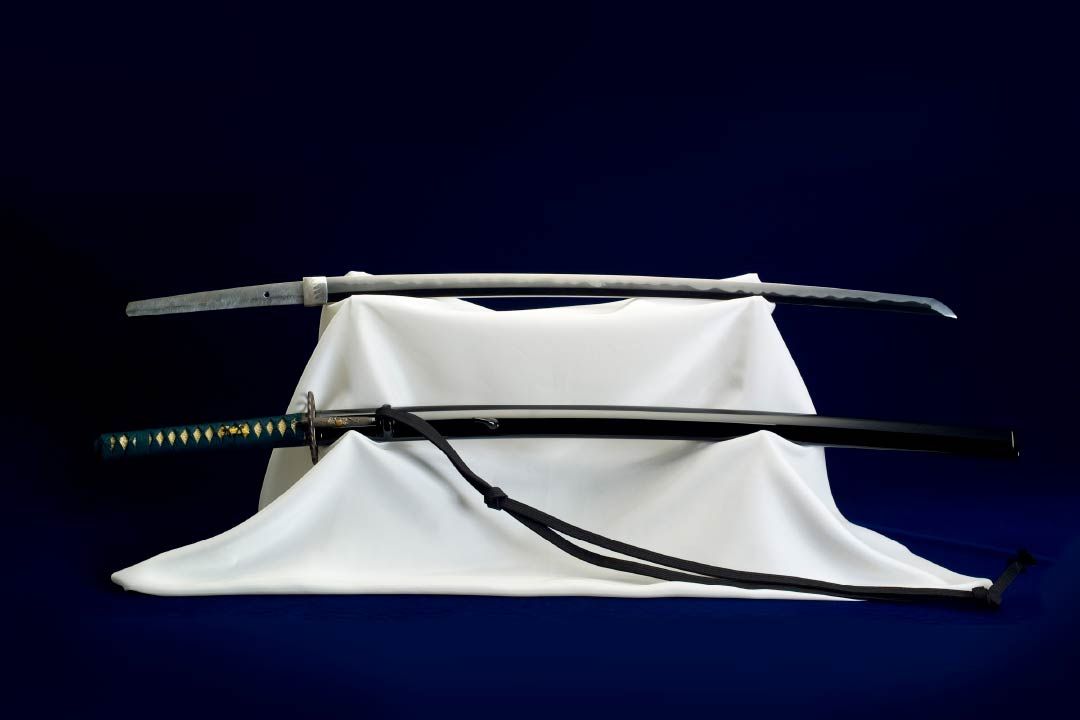
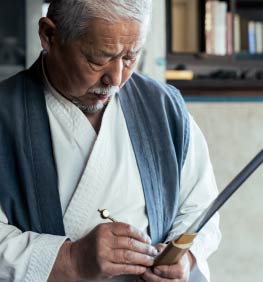
Osafune Moriie Smithy – Swordsmith AOKI Moriie
AOKI Moriie was born in Kyoto in 1948. In 1970, he studied under SUMITANI Masamine (Living National Treasure). In 1975, he was certified as a manufacturer of Japanese art swords; and in the following year, he became independent and opened a smithy in Tsukechi Town (Ena County, Gifu Prefecture). In 1983, he was invited by Osafune Town (Oku County, Okayama Prefecture) to oversee the creation of the Bizen Osafune Museum Sword Smithy. In 1991, he opened a smithy at the former site of the OSAFUNE Kanemitsu residence.
Advisor to the Chugoku & Shikoku Branch of the All Japan Swordsmith Association
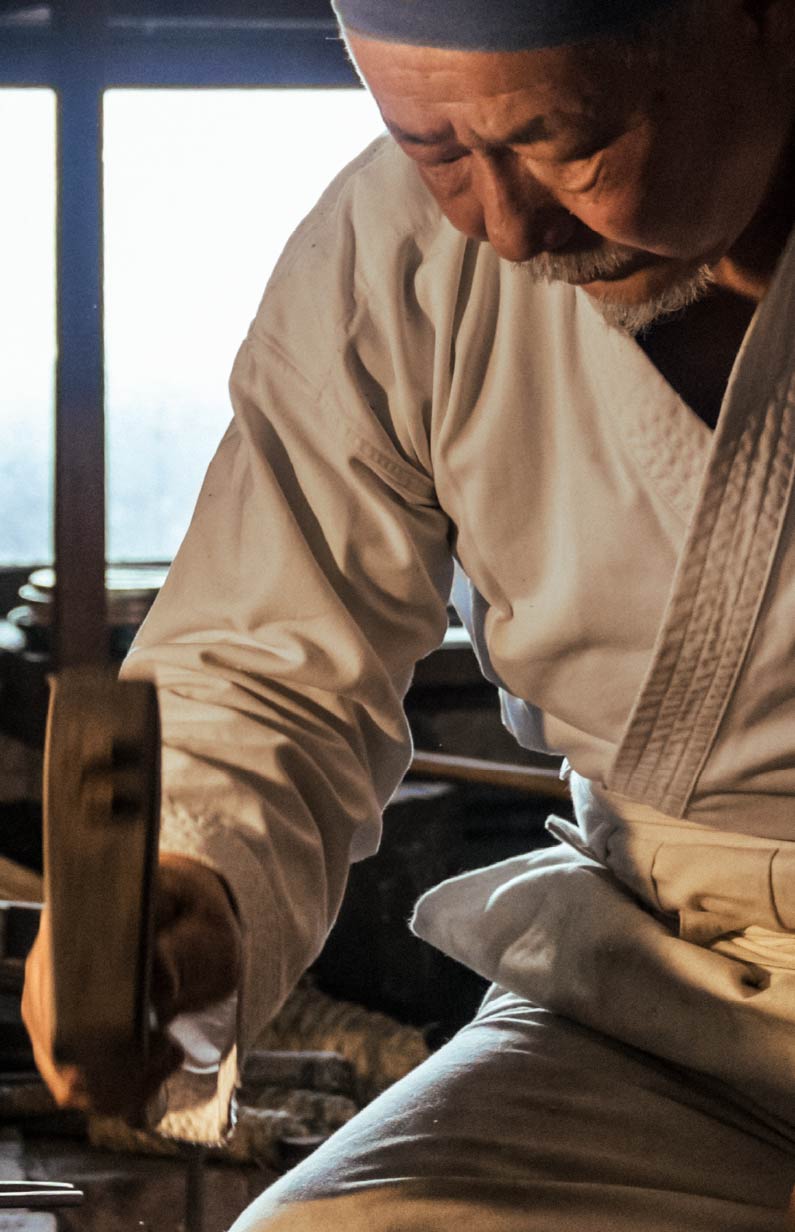
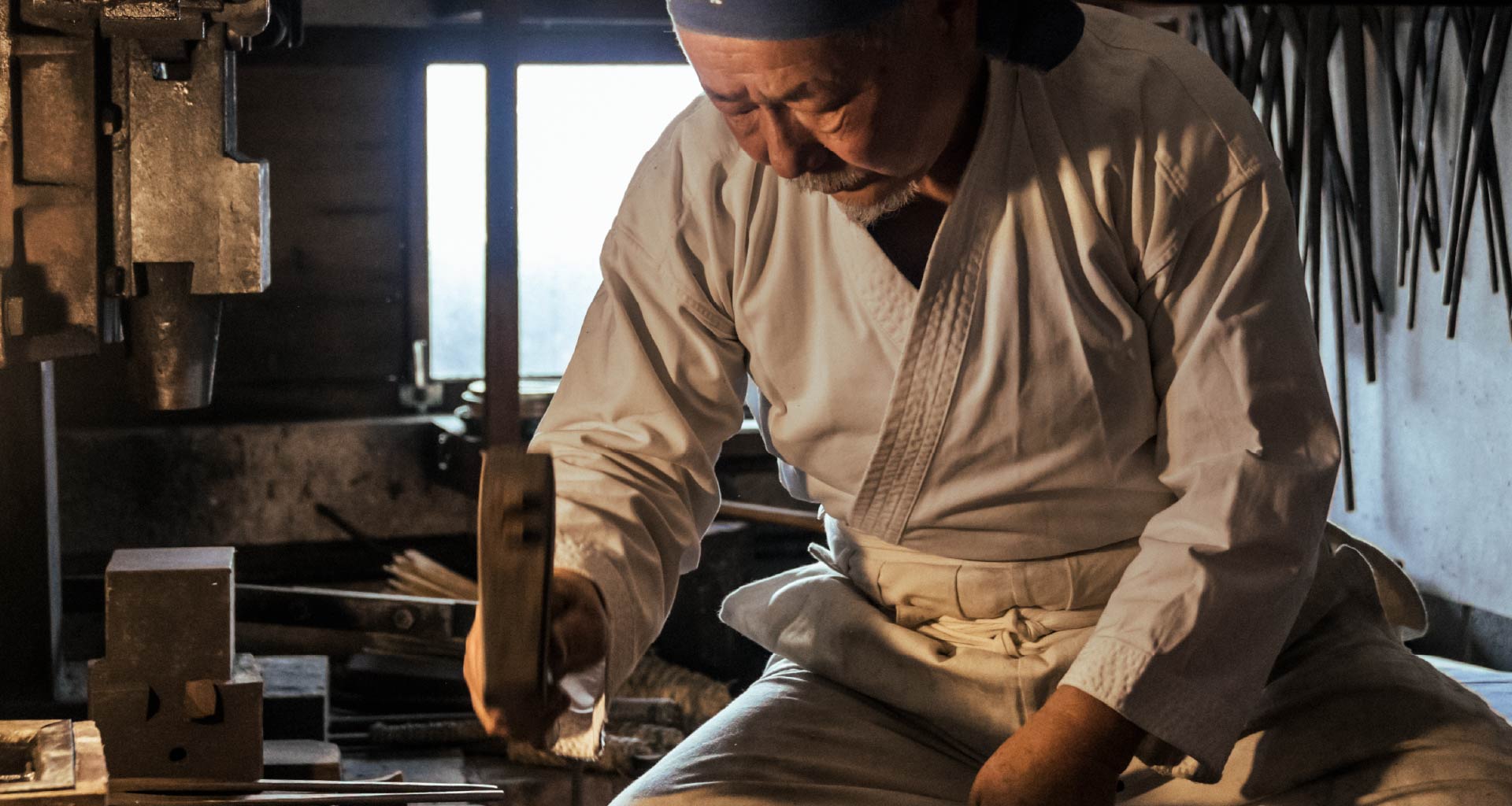

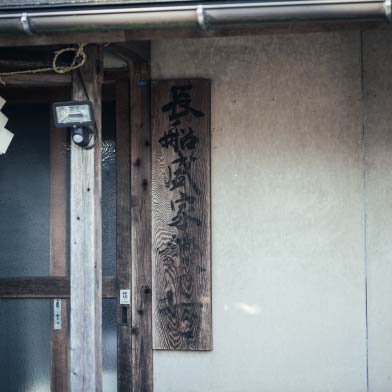
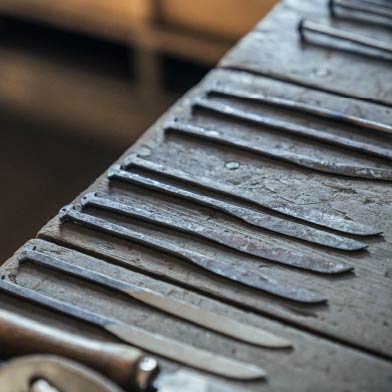
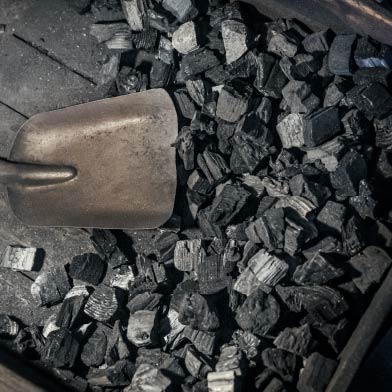
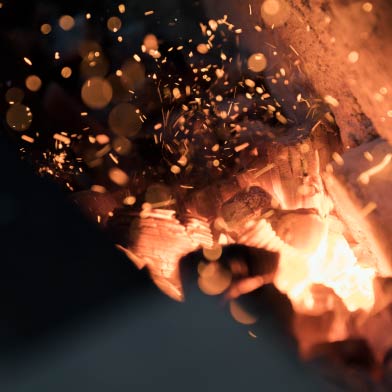
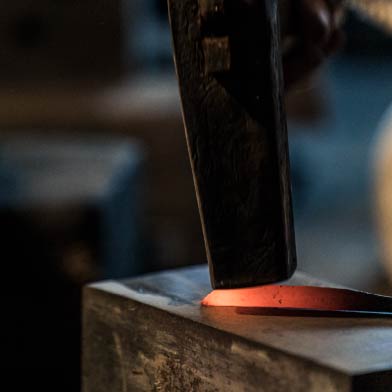
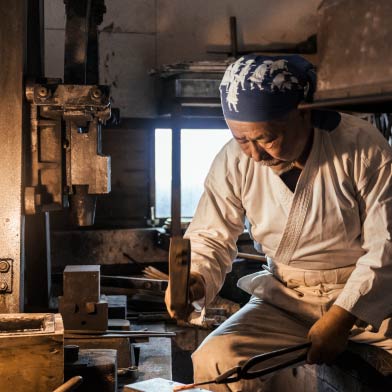
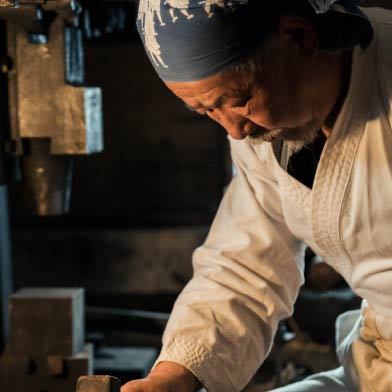
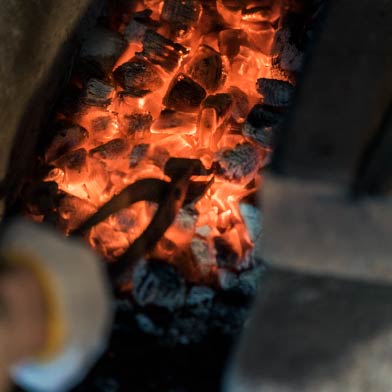

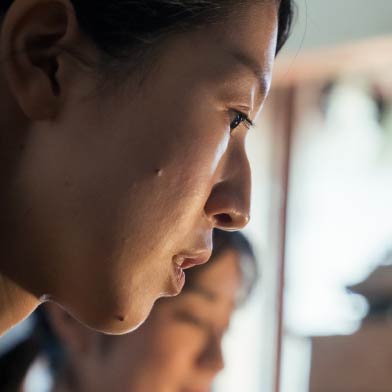
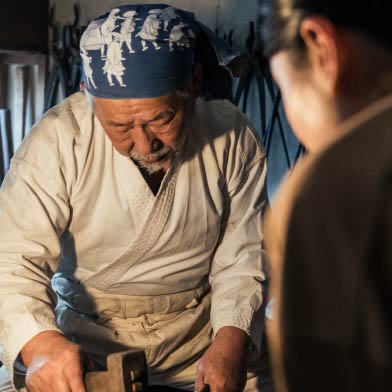
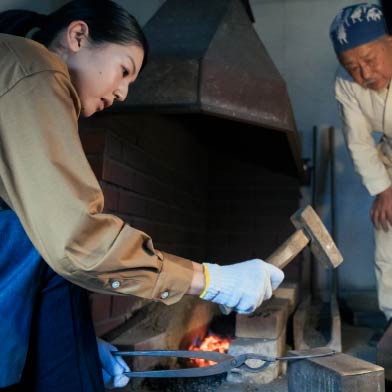
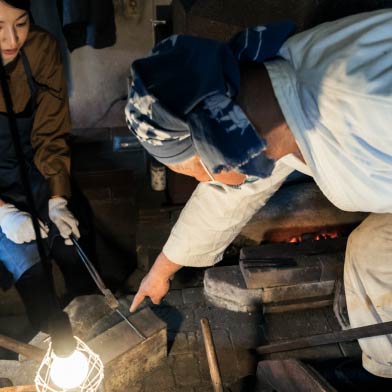
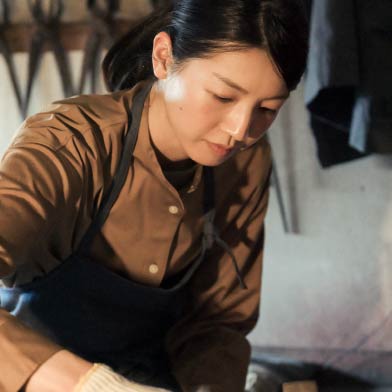
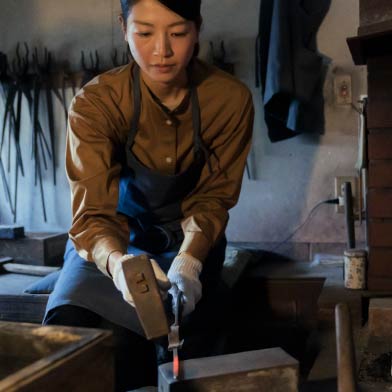
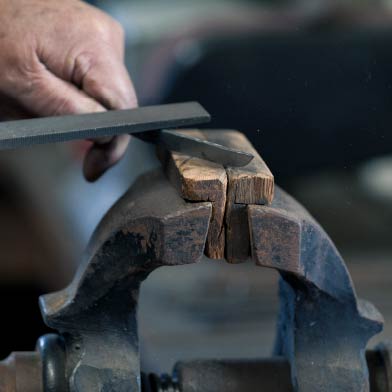
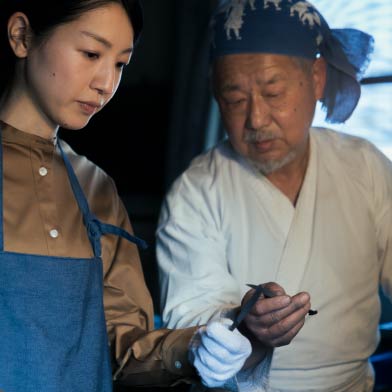
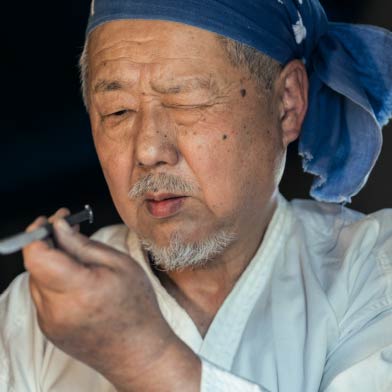
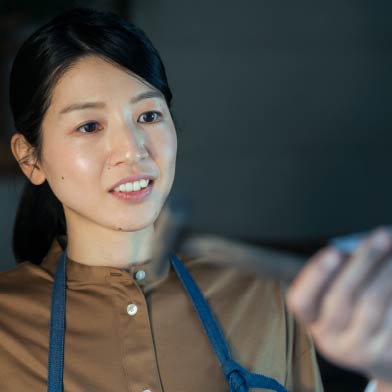
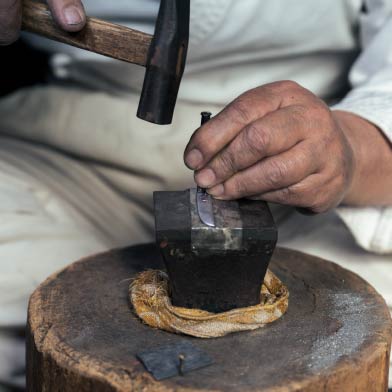
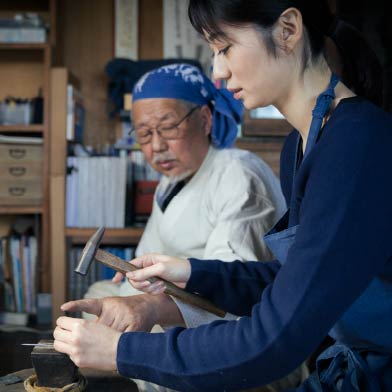
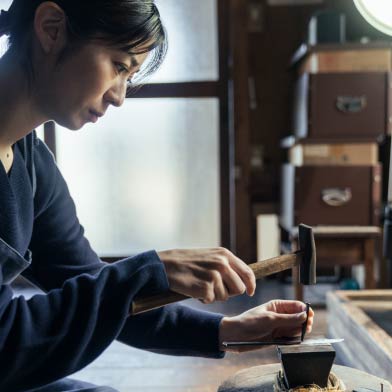
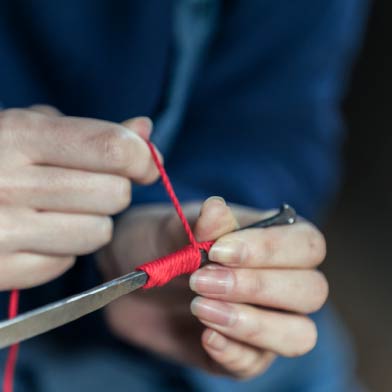
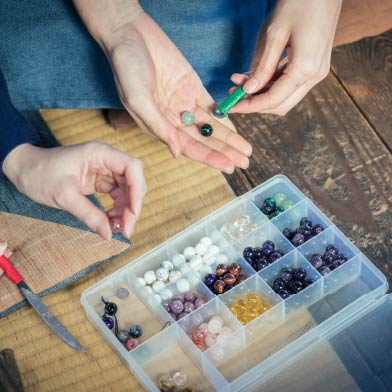

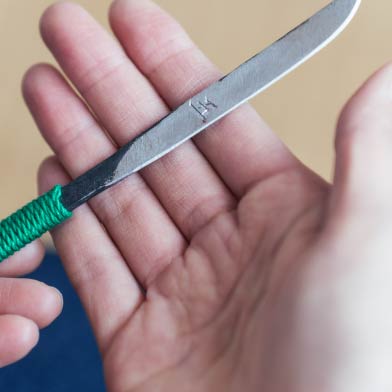

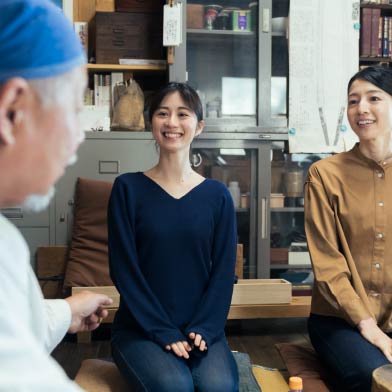
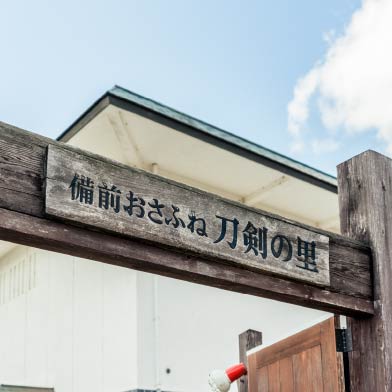
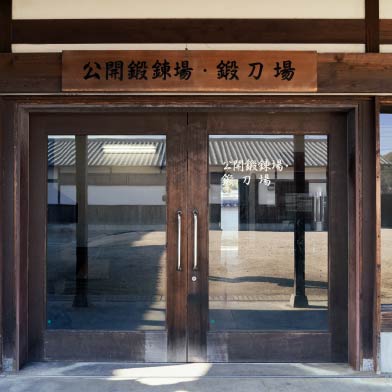
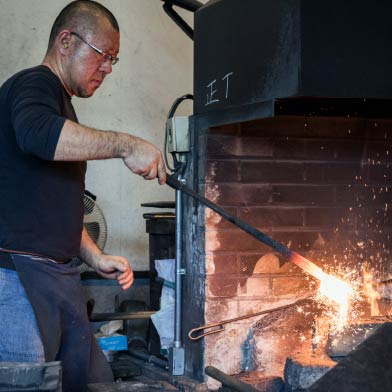
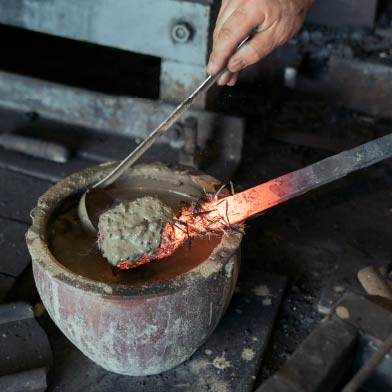
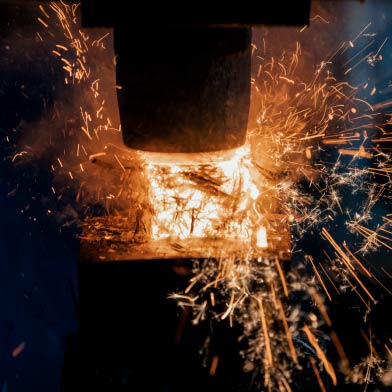
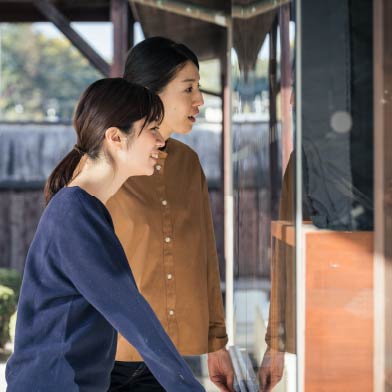
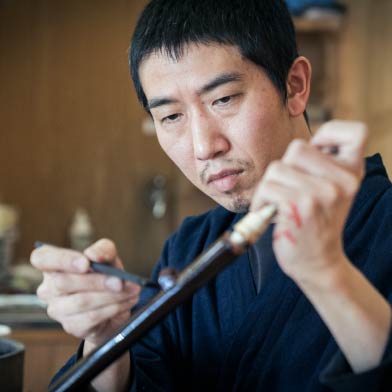
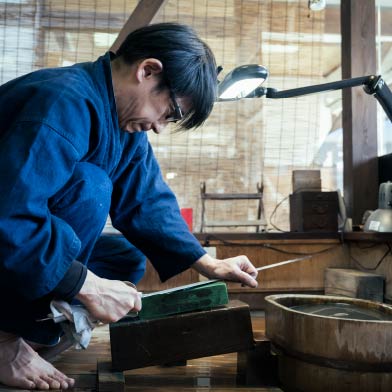
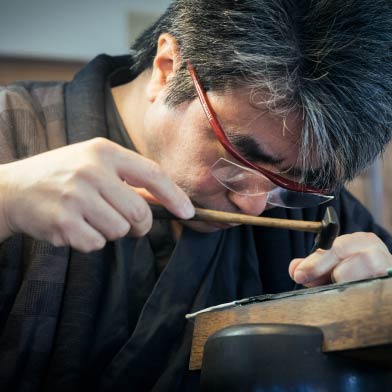
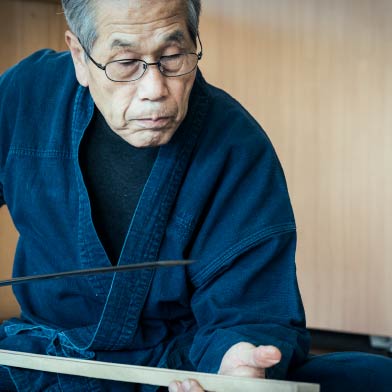
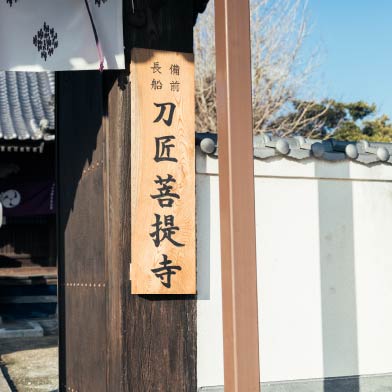

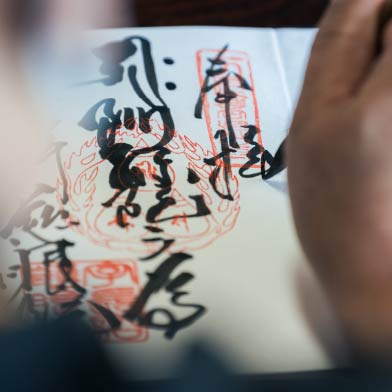
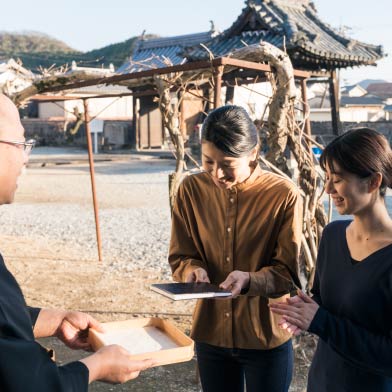
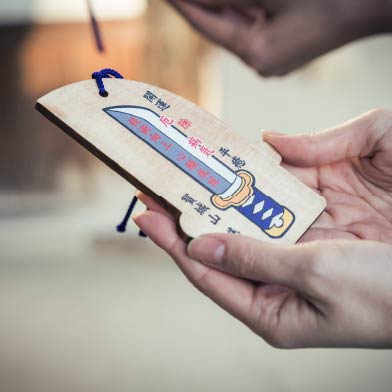
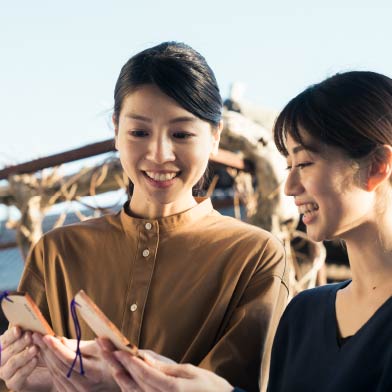
The area around Osafune (Setouchi City, Okayama Prefecture) was once a part of Bizen Province. It flourished through sword making from the end of the Heian Period (794-1192), and the region produced many notable swordsmiths. Of 111 swords listed as national treasures, 47 were made in Bizen Province, showing the area’s importance as a center of Japanese sword production.
Swords have been made in Osafune since the Kamakura Period (1192-1333) because iron sand, an essential material for sword making, is collected in the Chugoku Mountains. The wood used to fuel the swordsmith’s fire grows here in abundance due to a mild climate, and the water used to cool the hot steel is collected from the Yoshii River. In addition, the area around Osafune is an important hub for the flow of goods with the Sanyodo, a major route for distribution developed long, long ago, and the well-developed water transportation system made possible by the Yoshii River, which made it relatively easy to obtain materials for sword making.
Fukuoka, located to the south of Osafune, was the largest commercial city along the Sanyodo. The flourishing town is depicted in the National Treasure, “The Ippen Hijiri-e (Painting of Priest Ippen).” Materials for sword making were gathered in the area. The swords were sold in markets in Fukuoka and distributed nationwide via the developed routes.
In 1983, the Bizen Osafune Sword Museum was established in this area with a long and rich history of sword making, and swords are still made here. It was refurbished as a museum with a focus on Bizen swords. At the studio and smithy located on the premises, craftsmen who have mastered the traditional techniques, including swordsmiths making sword blades, demonstrate the process of making Japanese swords. A broad range of sword enthusiasts not only from Japan, but from around the world have visited the area.
The techniques used to make the famous swords in Osafune, Bizen Province have been passed down in the area.